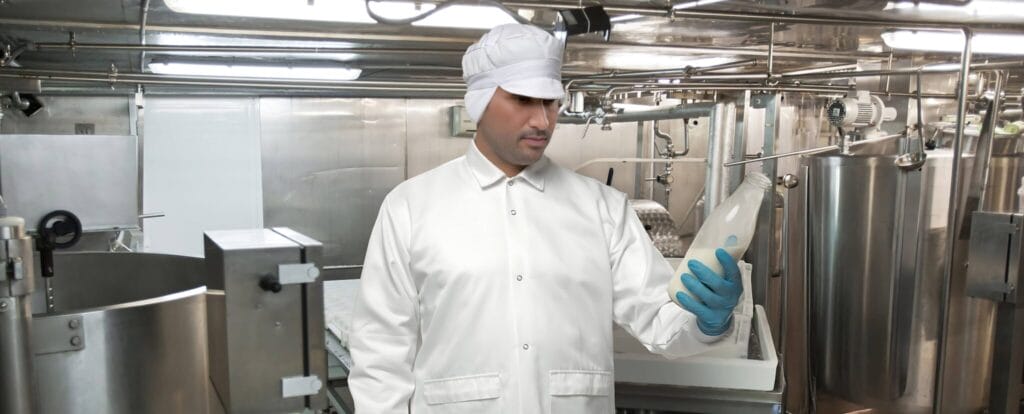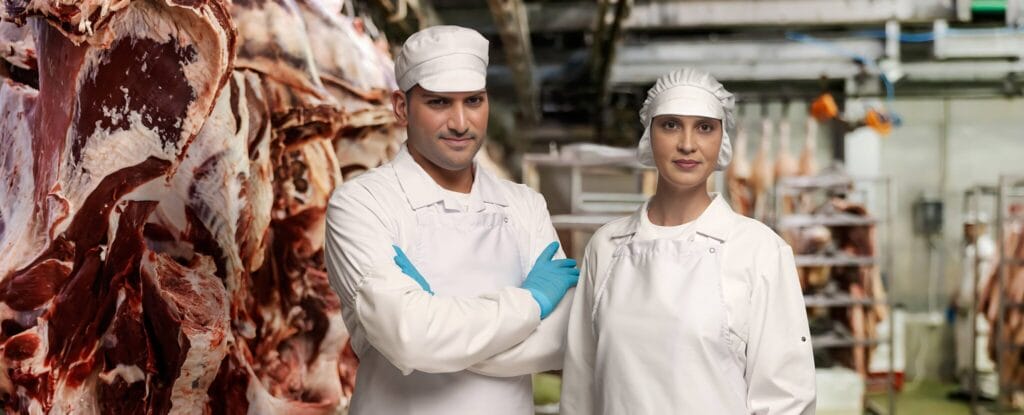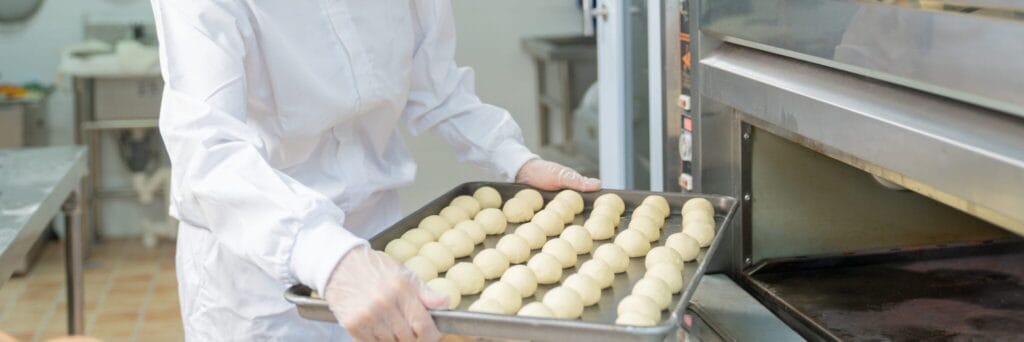
Why is attire in the food and beverage sector so important?
Uniforms in the selling and distribution of food are not only about the appearance but they enhance sanitation, security and the very professionalism of the industry. The apron is an important part as far as food and beverage uniforms are concerned. This article deals with reasons why restaurant aprons ought to be there and how they help enhance the efficiency and safety of food service operations.
Improving Hygiene Compliance:
One of the most important reasons aprons are shed in the food and beverage sector is that they help maintain high hygiene. Restaurant employees are usually in places where cleanliness is of core importance. Their main purpose is to prevent the food from contacting the employee’s clothes.
Reducing the Risk of Contamination:
The reasons why aprons in this piece are referred to as restaurant sanitation aprons are because of the containment of dust and dirt, spoiling the food and even the chef who is cooking. If, however, the chef is to remove exclusively fresh, they need to wear an outer apron on top of her non-uniform clothing that can be used to stop microbes’ ambition everyday clothing within the kitchen.
Ease in Cleaning:
The majority of the apron fabrics are made in such a way that they can be easily cleaned and disinfected. This minimizes the time taken for fish cleaning and makes it easy for the staff to observe high hygiene standards throughout their duty. Proper and timely washing of aprons limits possibilities of cross contamination and helps keep food preparation safe.
Promoting Safety and Efficiency:
Catering workers may have difficulty avoiding spills and splashes due to the work. Such accidents are assisted by aprons for restaurant staff so that a safe working environment and efficiency of work are enhanced.
Protective Barrier:
An apron acts as a level of protection from things like incoming boiling water, knives and other related kitchen accidents. This also helps avoid injuries and dirtying employees’ clothes, helping them work in a comfortable and pleasant way.
Improved Workflow:
Although wearing any food and beverage uniforms, including aprons, does create a level of uniformity, this, in part, has the effect of creating an orderly and professional workplace, which means that it becomes easy to create and keep the workflow since everybody is dressed in a similar way. Also, arms can be placed in their pockets within the aprons for carrying tools that require to be used frequently, cutting the time taken in looking for the tools and increasing the output.
Increasing the level of professionalism and the image of the brands:
A primary factor that enhances the level of professionalism and imagery of a restaurant is the application of uniforms, or other aprons in this case. They serve to create something that sticks in the minds of customers.
Brand Representation:
The F & B uniforms can be imprinted with the restaurant’s logos, colours, and other branding and design elements to make the editor appropriate to the business. This goes a long way towards adding to the identity of the company, as well as ensuring the visibility of the employees. You can easily spot a stylish and fashionable apron such and it will promote the brand of the institution regardless of where the person is toward the institution.
Customer Confidence:
The clean and appropriate garb that the restaurant dons, which sways factors such as aprons, creates an impression of effort and attention. This can raise the confidence of the clients since they feel that the place is more orderly and devoted to maintaining a high level of cleanliness and service.
Conclusion:
Aprons for restaurant purposes are critical components of the food and beverage uniforms. They have lots of advantages; improving hygiene and safety, increasing efficiency and professionalism. By adopting the use of aprons as part of the uniform policy in restaurants, a cleaner, safer and more uniform working environment is achieved, which in turn results in higher satisfaction among customers and enhanced brand image.
Frequently Asked Questions (FAQ)
In the food and beverage industry, it is important to maintain high hygiene standards through proper attire like aprons and uniforms. These garments function as barriers that work to prevent contaminants from transferring out of employees’ clothing and into food products. This in its turn lowers the risk of contamination and it ensures food safety.
Aprons serve as protective layers that shield food from potential contaminants present on everyday clothing. They are designed to be easily cleaned and disinfected, minimizing the time and effort required to maintain hygiene standards during food preparation and service.
Uniforms, including aprons, provide a level of protection against common kitchen hazards such as hot liquids, sharp tools, and spills. They offer protection to help prevent injuries. This protection allows employees to work in a safe environment more comfortably and efficiently.
Uniforms contribute to a cohesive and professional workplace by ensuring all staff members are dressed uniformly. This uniformity allows for better organization and workflow, for employees can identify one another and their respective roles. Therefore, productivity and efficiency are increased now.
Uniforms can be customized with a restaurant’s logos, colors, as well as design elements, plus they act as a visual representation of the brand. This customization not only reinforces brand identity, but employees also feel professional as well as proud, influencing customers’ perceptions in a positive way.
Clean and well-maintained uniforms signal to customers that the establishment prioritizes hygiene and professionalism. This attention to detail can enhance customer trust and confidence in the quality and safety of the food being served.
It is vital to ensure a continuing compliance with hygiene and to prevent any buildup of contaminants through a regular cleaning and maintenance of uniforms. Good laundering habits aid garment longevity and keep their safety traits because they help ensure a more secure cooking setting.




